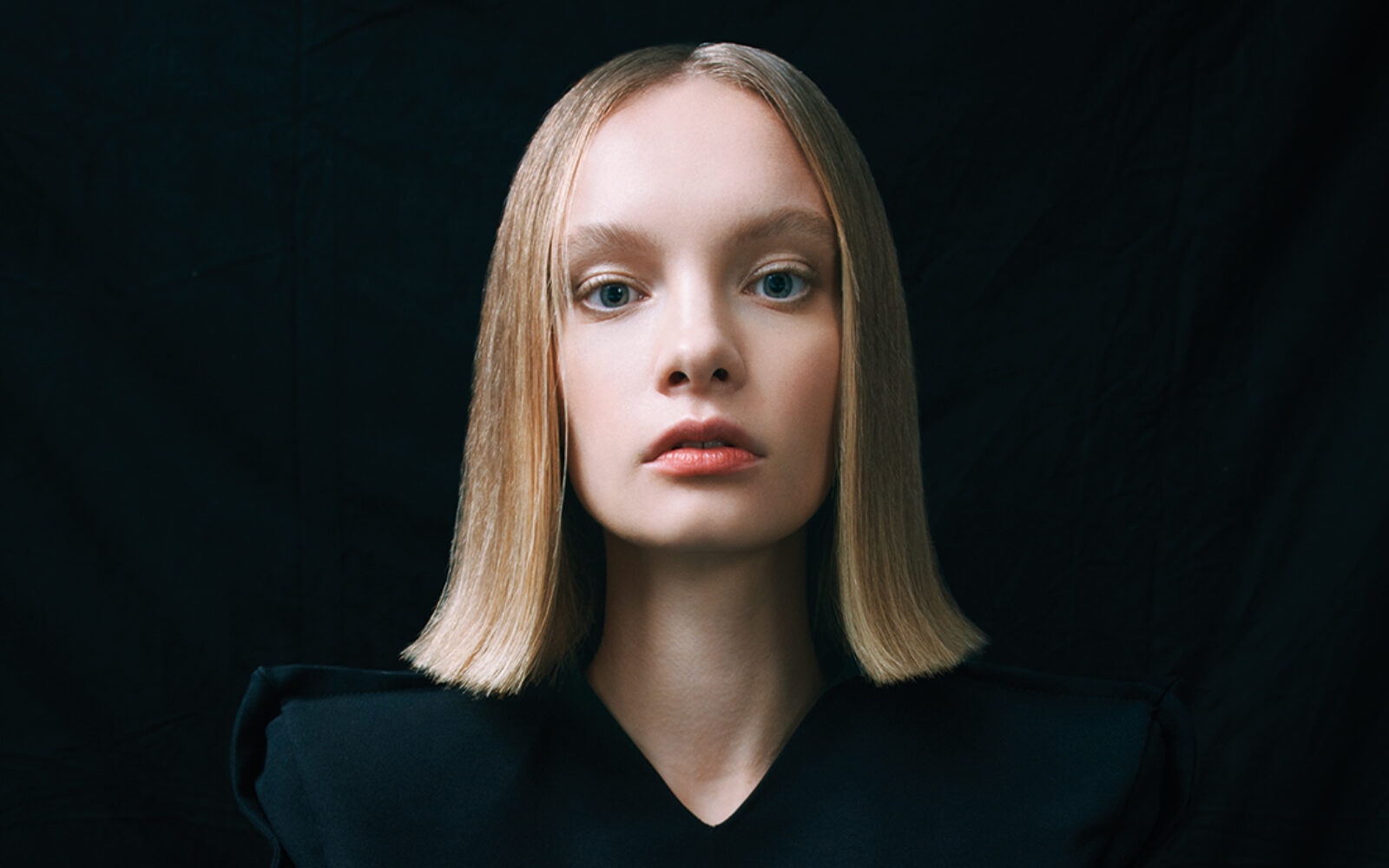Want to kick off the new year with precision? Consult MOJEH’s guide to finding your perfect foundation…
Just as our wardrobe is transitioning for the new season, the same approach needs to be taken when it comes to our beauty arsenal. Skin tone varies with the weather, meaning you won’t be able to stick to one shade of foundation year-round. Finding the perfect mix can be a daunting task. While things like a great eyeliner or mascara can be one-size-fits-all, when it comes to foundation the opposite is true. The ultimate goal is to find a base that looks like your own skin, but better.
Application is Key
View this post on Instagram
It’s not just about finding the right formula. The way your foundation looks depends heavily on how you apply it and the products you use to prepare your complexion. “Application makes all the difference, and you can make one foundation look totally different simply by how you apply it,” believes makeup artist Lisa Potter-Dixon. Use a brush for more coverage and product, your fingers if you want it worked in, and a wet sponge to add moisture and sheerness. Additionally, primers really come into their own in the winter months as they address niggling issues that foundation can amplify, such as redness, dry patches and enlarged pores. If your skin becomes drier at this time of year, opt for a formula that’s as nourishing as it is smoothing, such as La Mer’s Perfecting Primer or Dr Barbara Sturm’s Anti-Aging Primer for extra hydration. A good primer will also act as a magnet for your foundation, helping it to stay put for longer, which is crucial when cooler air threatens to suck the moisture out of your skin and your base products.
Assess Your Coverage Needs
View this post on Instagram
“Different formulas can be used to give skin a dewy or matte look, but you have to know what your end goal is,” explains makeup artist Nikki Wolff. When choosing your coverage level, ask yourself how much of your natural skin you want to show. If the answer is not a lot, choose a medium-coverage foundation you can build, like Tom Ford Beauty’s Traceless Foundation which gives a medium-matte coverage. Or if you are looking for less coverage then choose a light formula, such as Code8 Radiate Beauty Balm. You can make any foundation more sheer by mixing it with your favourite moisturiser and applying with a damp beauty blender. The key is addressing particular skin issues separately for a natural look that allows your skin to breathe throughout the day, rather than looking for a foundation to fix it all.
Consider Your Skin Type
View this post on Instagram
Matte or dewy? That’s the question to ask about your skin type and an important factor when it comes to choosing finishes. Dewy foundations tend to work best on normal to dry skin types, explains Potter-Dixon. “Too much radiance on this skin type looks even oilier and it’s not a good feeling on the face,” she says. Matte foundations, like Lilah B’s Marvelous Matte Crème and Westman Atelier’s Foundation Stick, are usually more suitable for combination to oily skin types. When it comes to mature skin, a satin finish such as By Terry Nude Expert Foundation Duo Stick will be more effective than matte. “More mature skin can get away with matte but again, just as dewy skin can emphasise flaws and wrinkles, so can matte foundations because the skin has no dimension,” says Potter-Dixon.
Reflect Radiance
View this post on Instagram
With a change in season comes a different temperature, humidity and UV exposure which can all affect your skin, potentially causing it to lose a lot of its lustre. Balance that out with a foundation that has a pearlescent quality such as Kevyn Aucoin’s Skin Illuminating Foundation, which will bolster skin with luminosity, especially when the light outside is flatter. If you want to update your usual foundation add radiance in powder form with Charlotte Tilbury Genius Magic Powder for that extra glow. You should look for powders with inbuilt light-reflecting pigments which add a multidimensional quality that diffuse light and blur imperfections, acting like a real-life filter for your face.
Forgo Foundation Altogether
View this post on Instagram
If you don’t relish the idea of going for a heavier, creamier base layer, trick your way to fuller coverage with a highly pigmented concealer on top of well-prepped skin. Begin by preparing your skin with a tinted moisturiser or CC cream to even it out, such as By Terry Cellularose CC Cream or Bobbi Brown’s Tinted Moisturiser. To achieve light but sturdy coverage, blend your concealer in to the areas that need it most, usually under the eyes, around the nose and mouth, and on any blemishes. Sheer it out with a blending brush to let natural skin show through, then set with translucent setting powder.
Find Your Perfect Shade
View this post on Instagram
There may be a lot of space for swatching foundations on your forearm, but the skin on this part of your body is a lot darker than your face so finding a perfect match is unlikely. Wolff says to apply potential shades to your chest to see if they are right. “This doesn’t have to be an exact match, but maybe slightly lighter because the colour is going to shift throughout the day,” she explains. “Foundation oxidises with wear, and naturally gets darker with the mixture of elements and the oils on your face.” Alternatively, you can test shade options on your face by finding a spot towards the centre of your forehead and blend out towards the hairline, so you match the sides of your cheeks and down the middle of your neck. However, whatever method you choose, it’s important to test foundations in good natural lighting.
Don’t Forget About Your Skin’s Undertones
View this post on Instagram
When it comes to selecting the right shade, don’t fight against your skin’s natural undertones. If you have a warm complexion go with a shade that has yellow undertones, and if your complexion is on the cool side, a foundation with pink undertones is your best bet. You’re sure to find your match between all the 36 shades of Pat McGrath Labs foundation, just keep in mind it has nothing to do with how light or dark your complexion is, as any skin colour can have cool, warm, or neutral undertones. Be strategic about which issues you want to address the most. For example, if you have redness, foundations with yellow bases can offset that, or if you have dark undereyes, use pink or peach shades. Additionally, you can use Nars Radiant Creamy Colour Corrector to camouflage pigmentation and imperfections, or Charlotte Tilbury Magic Vanish to neutralise dark circles.
Read Next: The Best Retinol Treatments For Every Skin Type
- Words by Eliza Scarborough





